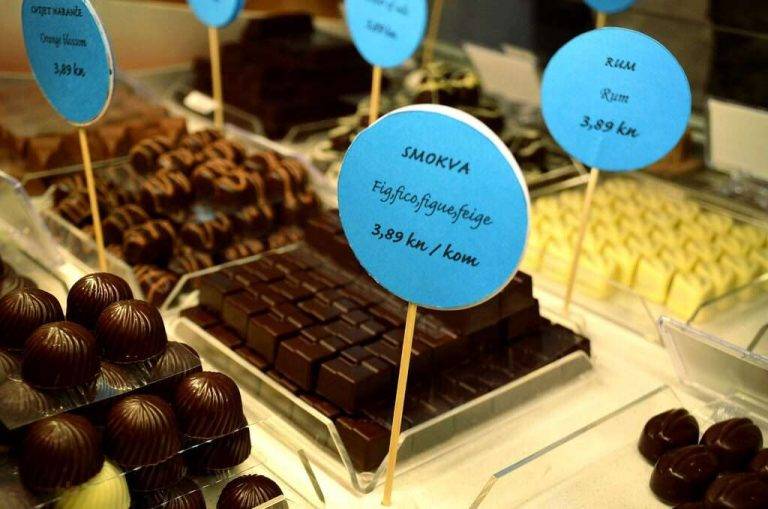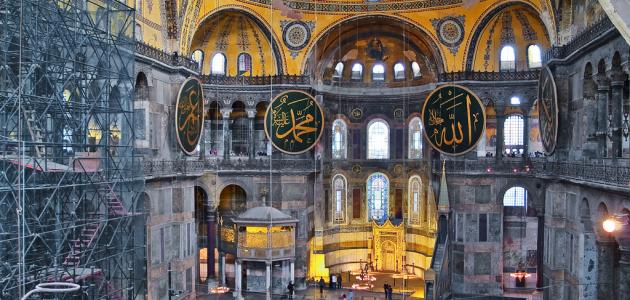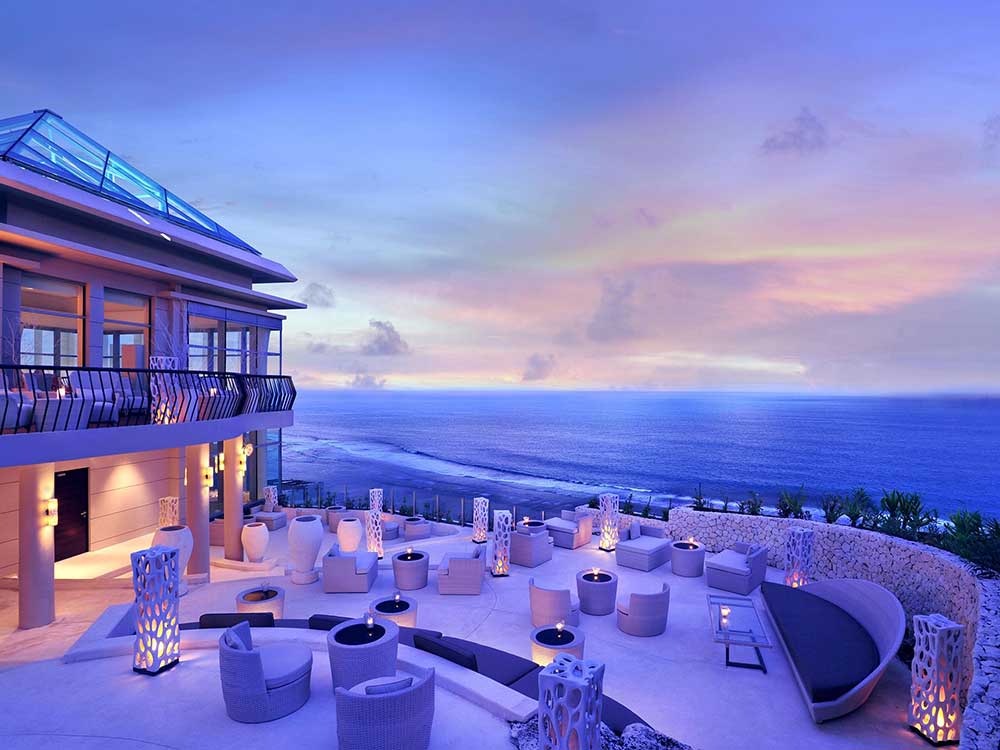Table of Contents
Raouche rock
The Raouche Rock is considered one of the most important natural tourist destinations, as it is characterized by its beauty and height, so the visitor can see the huge numbers of gulls and doves that inhabit the rock, and eat on herbs and plants floating on its surface, and the magnificence of its view lies in watching it from a distance, especially during sunset. The Raouche area is well known for having many restaurants and cafes spread along the Corniche, known as the Beirut Corniche, as well as hotels, many residential neighborhoods, buildings and shops.
Raouche rock site
The Raouche Rock is located in Lebanon, which is close to the West Beirut Sea, where it consists of two large rocks located in the middle of the Mediterranean, close to the coast of the Raouche region, and is the first landmark a tourist sees on the plane before landing on the land of Rafic Hariri International Airport in the capital Beirut It is also considered an important maritime tourist landmark in Lebanon, and a magnet for many tourists to enjoy watching and practicing a lot of tourism activities in it.
The origin of the nomenclature of Raouche Rock
Some researchers believe that the word “Raouche” is an Aramaic word, as Roche pronounces and means a head. Others believe that Raouche is an Arabization of the French word Rocher, which in Arabic means rock. It was also named after the pigeon rock or the rock of Sabah Nassar, and the Lebanese called it the guardian of the sea.
The birth of Raouche Rock
Some scholars specializing in geology refer to the origin of the emergence of this large rock as a result of several earthquakes that struck this part of the Beirut Sea. It led to the elimination of many islands that were in this populated area, and many rocks appeared among them, including the Raouche Rock, and this is due to The thirteenth century AD. This rock is a mass of rock, which is huge in size, with a cavity in the middle, and a height of approximately 70 meters, and there is a second rock near it completely has a pointed shape, and it is also of the same composition, and this minor rock was exposed to atmospheric factors of erosion that affected In which. Archaeologists have found evidence of the existence of human life in this area in the past by discovering basic tools found inside the rock, and they were sent to the archaeological museum at the American University of Beirut.
Tourist activities in the Raouche area
The most important thing that distinguishes Raouche is that it is a well-known residential and commercial neighborhood, where the visitor finds many restaurants and cafes that spread in its streets, and serves Lebanese heritage meals. Paris Street is also the most famous street in its formation for a large and important part of the Beirut Corniche, as it attracts Many locals or tourists from other countries on weekends, especially during the evening period, and opposite the Raouche promenade there is a large rock known as the Raouche rock, which is formed from giant rocks, which gives a stunning view that must take pictures of his memorable. It can also be done Visitors enjoyed walking and running on the Al-Manara Corniche, which contains palm trees, and a motorbike or ordinary can also be rented to give that atmosphere of enthusiasm with friends, and the most prominent marine activities are the competitive races between swimmers and climbers to break records in jumping from the highest point of the Raouche Rock It is worth noting what a young man with disabilities did by climbing up the rock with the help of the Lebanese army. The visitor can also take a boat ride to cross the hollows and view them at sea. The coast also attracts families for recreation and recreation at reasonable prices. The Lebanese Ministry of Tourism has lit up the area around the Raouche Rock at sunset to give a beautiful view when tourists take memorial photos.
Other attractions in Beirut
In addition to the Pigeon Rock feature, there are many tourist areas that include cultural and civilizational landmarks that characterize Beirut, including:
- Martyrs Statue: It is a memorial to the Lebanese martyrs who were executed by the Turks in 1916 on charges of conspiring against the Ottoman Empire, where the statue was created in the same square where they were executed.
- Sursock Palace: It is the palace built by Nicola Sursock in 1910, and after his death the palace turned into a museum of modern art, and it displayed Islamic art pieces and literary works for a number of international and Lebanese artists.
- Mohamed Al-Amin Mosque: It is the mosque that was built in the style of Ottoman architecture, and its area extends over 10 thousand square meters. It is considered the largest mosque in Beirut and Lebanon as a whole, where its domes are painted in blue, and it has four minarets that can be seen from different areas of Beirut.
- Statue of Riad El Solh: It is a statue of the first Lebanese Prime Minister during the era of independence, and was built in the nineteenth century in the region that was the border of Beirut during that period.
- Al Hamidiya Clock Tower: Also called the Ottoman Clock Tower, the aim of building the clock was to showcase Ottoman architecture during the reign of Sultan Abdul Hamid II in addition to defining times.
- Al-Omari Great Mosque: And this name was named in honor of the Caliph Omar bin Al-Khattab, and the mosque is considered one of the oldest mosques in Beirut, as it was an ancient pagan temple and structure built by the Romen Emperor Philip in the third century BC, then it was transformed into a church in 1110 AD during the Crusades and known as St. John the Baptist Church, after which it was renewed and converted into a mosque for Muslims during the era of Salahuddin Al Ayyubi.








